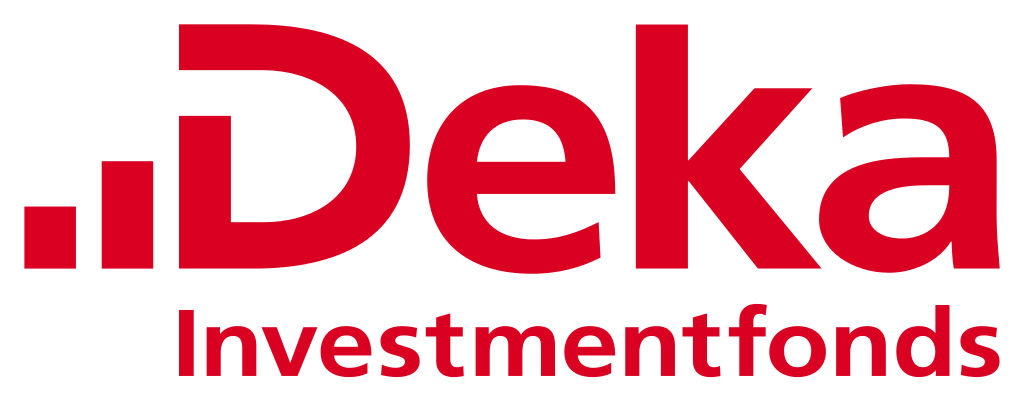Environmental, social and governance (ESG) ETFs have exploded this year both in terms of assets and number of products hitting the market.
Varying from exclusion all the way to impact investing, numerous ESG ETF strategies have caught the attention of investors, capturing significant assets despite only being launched this year.
Here are five of the most popular ESG ETF launches in Europe this year ranging from light touch core equity strategies to products that combine factors and ESG.
Amundi MSCI Emerging ESG Leaders UCITS ETF (SADM)
In early-June, Amundi launched its ESG leaders ETF range which later included an emerging markets exposure that launched at the end of the month.
The Amundi MSCI Emerging ESG Leaders UCITS ETF (SADM) is comprised of emerging stocks across various sectors. SADM’s benchmark selects companies depending on their ESG scores compared to their sector peers.
With a total expense ratio (TER) of 0.18%, SADM has captured $922.3m assets in five months. Ilmarinen, one of Finland’s largest pension funds, seeded the launch of SADM with over $600m which helped it to be the largest growing European ETF in 2020.
In addition to selecting stocks with the largest ESG scores within their respective sectors, SADM also included an exclusion screener that removes companies which are involved in tobacco, alcohol, gambling, weapons and other controversial business involvement.
Since the beginning of July, SADM has consistently climbed, producing a return of 26.3%.
Launch date
24 June
Benchmark
MSCI EM ESG Leaders 5% Issuers Capped Index
TER
0.18%
AUM
$922.3m
Performance (1 July)
26.3%
Number of holdings
474
Invesco S&P 500 ESG UCITS ETF (SPXE)
The S&P 500, one of the most popular equity indices to track has seen a foray of ESG-screened ETFs come to the market, including the Invesco S&P 500 ESG UCITS ETF (SPXE).
Launched in March, SPXE has seen its AUM grow to nearly $500m following attractive inflows and a remarkable recovery period after the extreme volatility experienced over the course of March.
SPXE has a TER of 0.09%, only four basis points more expensive than its non-ESG counterpart at Invesco.
It includes the top 75% of companies within each industry group depending on their S&P Dow Jones Index ESG score.
SPXE includes a similar exclusion process that removes any company involved in the likes of tobacco or controversial weapons.
Despite seeing its net asset value fall 17.8% at the beginning of March, it recovered its losses in less than a month and has offered a return of 64.7% since its lowest point this year.
Launch date
10 March
Benchmark
S&P 500 ESG index
TER
0.09%
AUM
$498.2m
Performance (20 March)
60.2%
Number of holdings
311
iShares Edge MSCI USA Minimum Volatility ESG UCITS ETF (MVEA)
When markets went into recovery mode and investors adjusted their risk allocation, BlackRock launched a suite of smart beta ESG ETFs in April.
The minimum volatility range included the iShares Edge MSCI USA Minimum Volatility ESG UCITS ETF (MVEA). Given the heightened volatility experienced in the month prior to the launch of MVEA, investors showed interest in the strategy with its US equity exposure.
It carries a TER of 0.2% and has seen its AUM hit $303.2m.
MVEA selects companies with the minimum volatility of returns while also considers the diversification constraints, carbon reduction exposure and weighted-average industry-adjusted ESG score.
Albeit less impressive as SPXE and SADM, MVEA’s return for the year is still positive at 2.5%
Launch date
20 April
Benchmark
MSCI USA Minimum Volatility ESG Reduced Carbon Target Index
TER
0.2%
AUM
$303.2m
Performance (20 April)
2.5%
Number of holdings
154
iShares $ Corp Bond ESG UCITS ETF (SUOA)
BlackRock has not only been focusing on developing its ESG offering across its equity ETF range, but it has also been giving attention to fixed income, another trend that has been popular among investors in 2020.
The firm launches the iShares $ Corp Bond ESG UCITS ETF (SUOA) in March with a TER of 0.15%.
Being one of the most popular fixed income ETF launches in 2020, it has captured $288.2m assets since launch.
It is comprised of USD-denominated, investment grade corporate bonds. Bonds are selected from companies with leading ESG practices compared to their peers across industrials, utilities and financials sectors.
Bonds issued by companies involved in controversial, nuclear, conventional or civilian weapons are excluded as well as those within tobacco, adult entertainment, gambling or thermal coal.
Despite being a fixed income ETF, it has produced equity-like returns having climbed 14.3% since mid-March.
Launch date
3 March
Benchmark
Bloomberg Barclays MSCI US Corporate Sustainable SRI Index
TER
0.15%
AUM
$288.2m
Performance (20 April)
14.3%
Number of holdings
1,822
Deka MSCI USA Climate Change ESG UCITS ETF (D6RQ)
Over the summer of 2020, numerous ETF issuers expanded into the climate change strategies which aims to track the Paris-aligned (PAB) and climate transition benchmarks (CTB) launched by the European Commission.
One such issuer was Deka which launched its climate change ESG ETF range in July which included the global, German, Europe and US equity exposures which have all been popular among investors.
With a TER of 0.25%, the Deka MSCI USA Climate Change ESG UCITS ETF (D6RQ) has been the most popular so far, capturing $92.1m, suggesting US equities is the easiest asset class to transition to an ESG strategy.
To be included in the ETF, companies must have carbon dioxide emissions below MSCI’s threshold and must show they are actively adapting to climate change. The remaining companies that sustainable business models are then overweighted.
Like the other US ESG ETFs included in this list offering significant returns, D6RQ is no exception, climbing 10% since its launch in July
Launch date
14 July
Benchmark
MSCI USA Climate Change ESG Select Index
TER
0.25%
AUM
$92.1m
Performance (14 July)
10%
Number of holdings
549






